FCC’s Broadband Deployment Advisory Committee Holds Second Meeting With Working Group Reports
WASHINGTON, July 21, 2017 – Speaking at a meeting of the agency’s newly-form Broadband Deployment Advisory Committee, Federal Communications Commissioner Michael O’Rielly put forward his view that state and local governments are creating barriers to broadband deployment across the United States. “Br
Casey Ryan
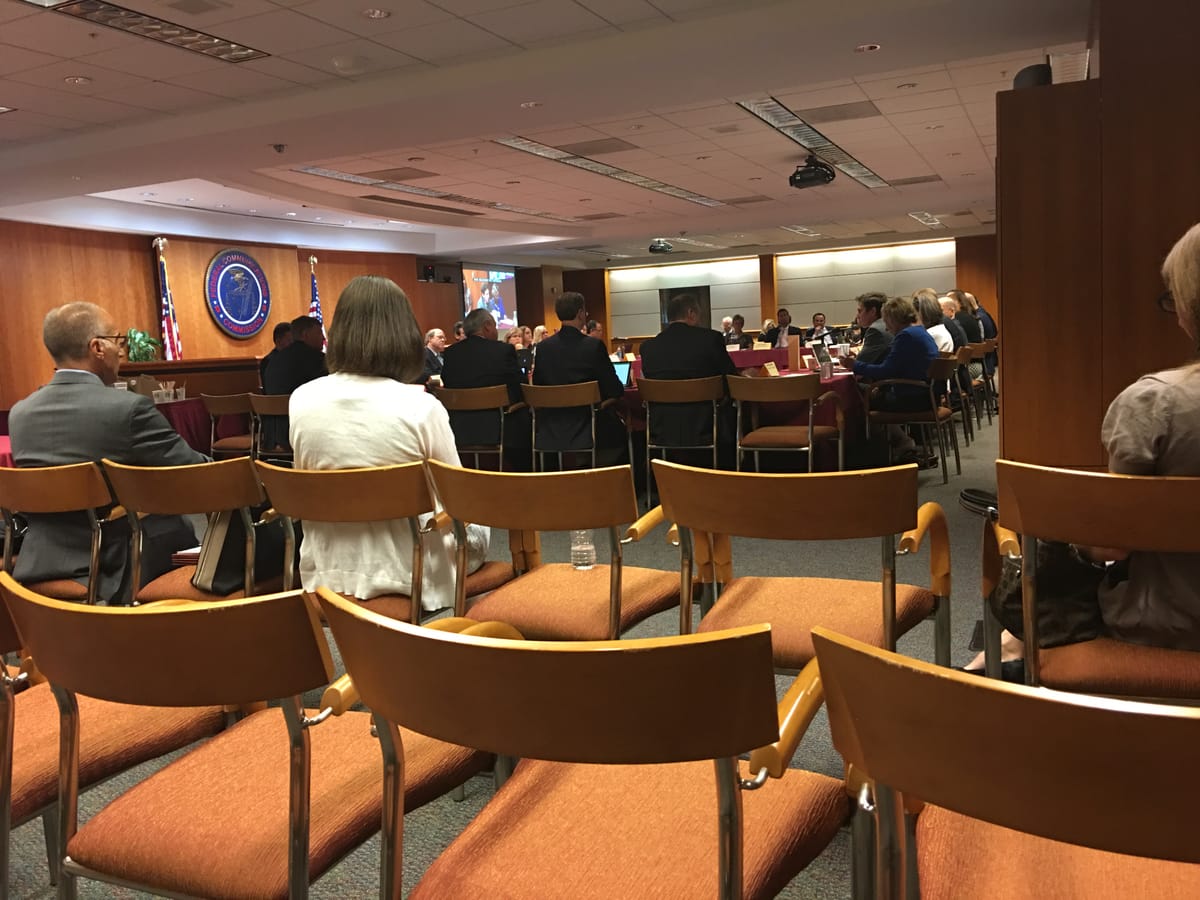
WASHINGTON, July 21, 2017 – Speaking at a meeting of the agency’s newly-form Broadband Deployment Advisory Committee, Federal Communications Commissioner Michael O’Rielly put forward his view that state and local governments are creating barriers to broadband deployment across the United States.
“Broadband deployment remains a top priority of this Commission,” O’Rielly said. “It’s more than a soundbite. It’s how we’re judging daily by those that do not have access.”
He claimed that some “bad actors” in state and local governments have the wrong agenda and are trying to extract money from providers. At the meeting, the BDAC’s second, the committee’s working groups reported on their progress.
Shireen Santosham, a member of a team led by San Jose Mayor Sam Liccardo, spoke about a proposed model code for municipalities. Santosham said that 40 percent of California’s low income residents don’t have broadband.
She gave 10 guidelines that the working group plans to follow:
- Accelerate the pace of safely deploying broadband throughout the U.S.
- Ensure the benefits of broadband networks and infrastructure reach all communities.
- Promote fair and equal access across all providers that deploy broadband.
- Develop fair and reasonable guidelines for use of public assets to ensure the best overall outcome for all residents.
- Develop guidelines for predictable network level planning and implementation.
- Promote transferring knowledge to local governments to help enable and accelerate broadband deployment.
- Recognize the need to allocate resources to digital inclusion and innovative business models to drive broadband adoption and close digital divides.
- Include both wireless and wired technologies.
- Promote innovation, economic growth and quality of life through broadband deployment.
- Promote fair labor and safety standards for workers and the public.
Douglas Dimitroff, chairman of the working group, said he had concerns about the timeframe allotted, and said he wanted an extension of its expected October due date.
“Know your community,” Santosham said, referring to the challenges of broadband planning. “Know where challenges are. It’s something that can really only happen at the local level.”
Kelly McGriff, chairman of a working group dealing with state legislation, said he split his group into three subcommittees based on franchises, standardization and rural deployment strategies.
McGriff said he wanted to make sure his proposed document is technology-neutral.
He also said he is looking to create a book of documents that legislators can use to help with broadband deployment, and that would like to simplify the process for obtaining rights-of-way for broadband deployment across a particular state.
“We’re being inclusive in nature,” McGriff said. “This is to bring broadband connectivity to the least and the last, and that’s what we are doing. We’re doing the Lord’s work. That’s what I really think we are.”
Robert DeBroux, chairman of a working group tasked with removing state and local regulatory barriers, was brief in his presentation. He said his working group deals with excessive fees, unreasonable conditions and burdens of rights of way.
He said his group is going to collect data, analyze the data for patterns and then come up with recommendations. He said his group will use analyses to find what the barriers of broadband deployment are and how the problems can be dealt with.
Brent Skorup, vice chairman of the a working group on competitive access to infrastructure, said his group develops recommendations to promote more competitive access to utility poles.
Skorup said his group had a meeting with legal experts to describe the process of pole attachments and discuss laws applicable to pole owners. He said his group had a second meeting with practitioners representing cable operators, utilities, cities and wireless infrastructure companies. These practitioners helped the group learn how to get small cells out into the public much easier, he said.
(Photo of the scene at the second Broadband Deployment Advisory Committee meeting by Casey Ryan.)

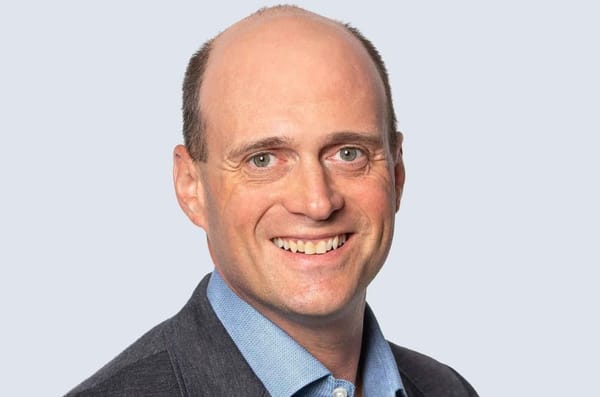
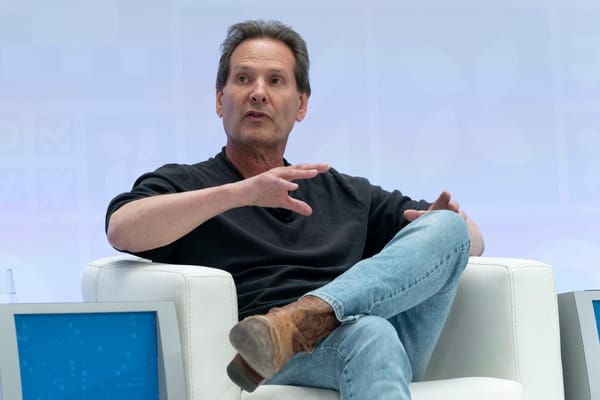
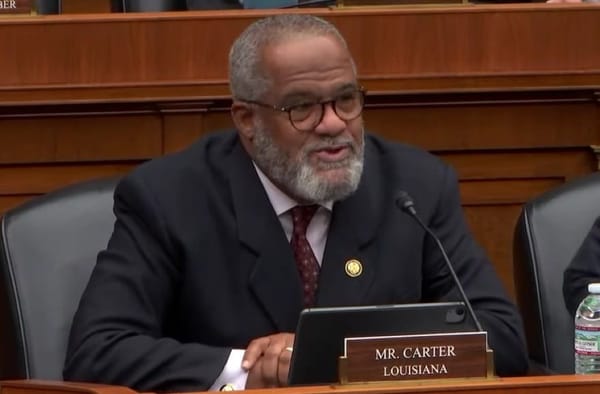
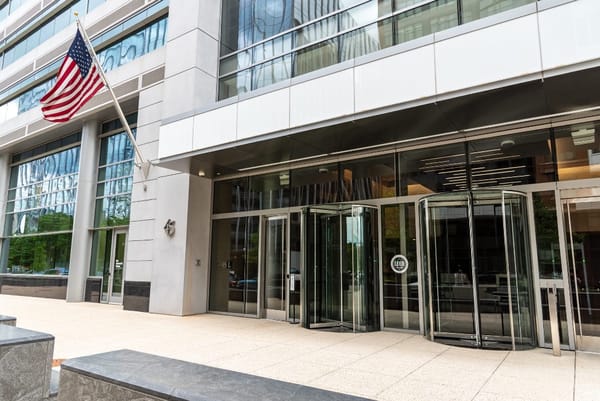




Member discussion